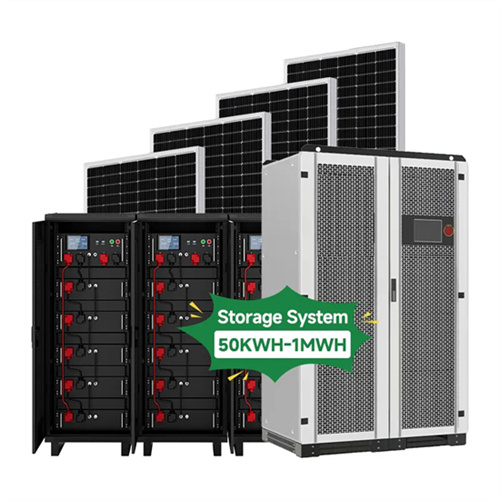About Progress in electrical energy storage system
Electrical energy storage technologies for stationary applications are reviewed. Particular attention is paid to pumped hydroelectric storage, compressed air energy storage, battery, flow battery, fuel cell, sol.
Electrical Energy Storage (EES) refers to a process of converting electrical energy from a power.
2.1. ImperativenessEESs are urgently needed by the conventional electricity generating industry [2], [3], [4], [5], [6], [7]. Unlike any other successful.
There are two criteria to categorise the various EESs: function and form. In terms of the function, EES technologies can be categorised into those that are intended firstly for hi.
4.1. Pumped hydroelectric storagePHS is the most widely implemented large-scale EES. As shown schematically in Fig. 5, such a system normally consists of (1) two reservo.
5.1. Technical maturityThe technical maturity of the EES systems is shown in Fig. 17. The EES technologies can be classified into three categories in terms of th.
As the photovoltaic (PV) industry continues to evolve, advancements in Progress in electrical energy storage system have become critical to optimizing the utilization of renewable energy sources. From innovative battery technologies to intelligent energy management systems, these solutions are transforming the way we store and distribute solar-generated electricity.
When you're looking for the latest and most efficient Progress in electrical energy storage system for your PV project, our website offers a comprehensive selection of cutting-edge products designed to meet your specific requirements. Whether you're a renewable energy developer, utility company, or commercial enterprise looking to reduce your carbon footprint, we have the solutions to help you harness the full potential of solar energy.
By interacting with our online customer service, you'll gain a deep understanding of the various Progress in electrical energy storage system featured in our extensive catalog, such as high-efficiency storage batteries and intelligent energy management systems, and how they work together to provide a stable and reliable power supply for your PV projects.
Related Contents
- Progress in electrical energy storage system
- High-density electrical energy storage
- Applying of electrical energy storage
- Ees electrical energy storage
- Siemens electrical energy storage
- Difference between solar energy and electrical energy
- Solar energy and electrical energy
- How to convert solar energy into electrical energy at home
- Renewable electrical energy generation
- Electrical and magnetic energy storages
- Electrical storage devices


